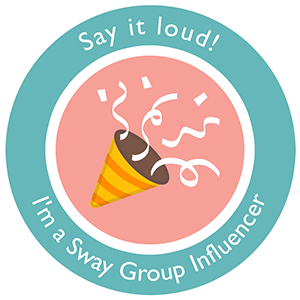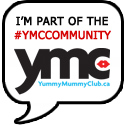Editor’s Note: This is a guest post. While we appreciate our guest writer’s submissions, this does not constitute endorsement or agreement to the opinions expressed in the articles featured.
Bilingual Education Starting Young
For the past four years the economy has been struggling, the unemployment rate has been on a steady increase, and families all over the U.S. are feeling it in some respect. It seems that even though the economy has finally started to improve there is no guarantee for the future. Having an education may be the only way to stay ahead in this cut-throat society.
What the Future Holds for Language
The existence of a diverse, global society seems to be a trend that is going to stick, this is especially prevalent in the U.S. The U.S. has been known as the land of immigration for a large portion of its history, and while the “melting pot” has been an interesting theory, it has not happened in practice. On the contrary, most major U.S. population centers have become more of an ethnic and linguistic checkerboard; Spanish, Russian, Vietnamese and Chinese speakers represent some of the fastest-growing segments of the immigrant U.S. population.
Wisdom, traditionally, has been to start teaching a second language in middle school, or even high school. However, numerous studies clearly demonstrate that the optimal period in a child’s life for multilingual education is during the preschool years – at exactly the same time they are learning their first language. Yes, it is possible to learn a second and third language later in life, but it is more difficult, because that neurological “window of opportunity” – when the brain is most malleable – has passed.
Dr. Fred Genessee, Professor of Psychology at McGill University in Montreal believes it’s as easy for young children to learn two or three languages as it is for them to learn one. He’s not alone; educators throughout the world (in countries that often have two or even three official languages) have understood this for decades.
The way a child learns a second language is by actually speaking it in a total immersion environment. You may recall an episode of the animated series The Simpsons in which young Bart gets trapped on a farm in France – and by the end of the episode, finds he’s actually speaking the language. While this was a fictional scenario, the phenomenon is real; anyone who has taken young children abroad to stay with relatives in a foreign country for any length of time has observed this happening.
Enrollment in a preschool program that offers immersion in other languages is the best way to get your child started. This investment will make him/her much more competitive in the job market later on.
Co-written by Emily Patterson and Kathleen Thomas
Emily and Kathleen are Communications Coordinators for the Atlanta day care facility, a member of the AdvancED® accredited family of Primrose Schools (located in 16 states throughout the U.S.) and part of the network of day care preschools delivering progressive, early childhood, Balanced Learning® curriculum.






















Leave a Reply